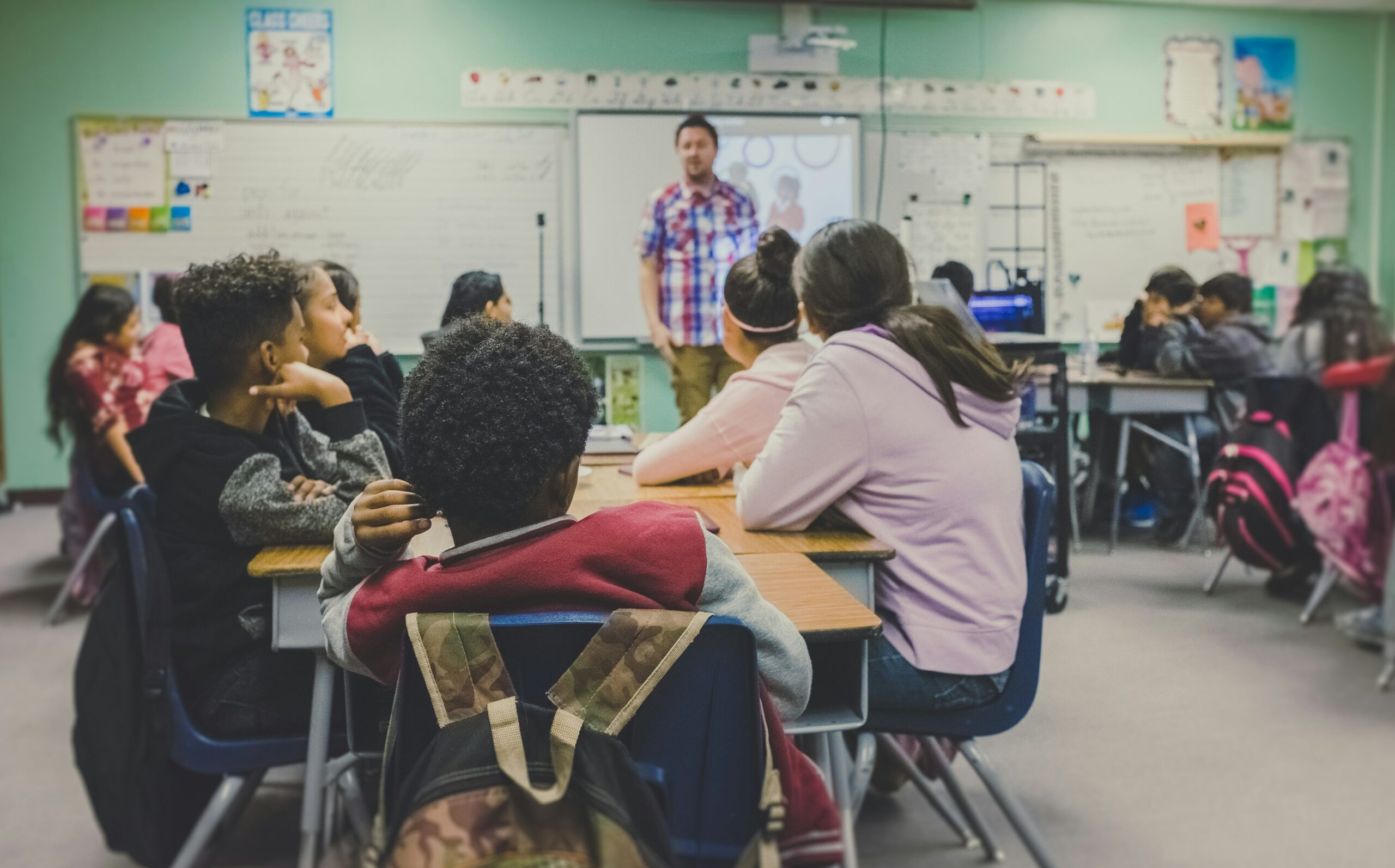
Photo by Tolga Ulkan on Unsplash
After reading and exploring Ted Aoki and his experiences, my thoughts on questions posed for our “Currere” readings changed. As a person, I think that by exploring more of the world and opening my mind to different worldviews, I can encourage my knowledge that the world is a complex place and that my place in it can be powerful. Does this mean I will monumentally change the world? Not, but I believe that I can, in small ways, open the minds of others, even fractionally, as I, too, continue to open my mind. These changes can be seen by learning more in-depth about the experiences others have had, even in my small Manitoban town. I grew up in a typical small prairie farming town with no diversity. Most First Nations people lived on the Swan Lake reservation and rarely came to my city for anything other than picking up prescriptions from the local drugstore. When I was in High School, we had a new family move in that fostered First Nation children, and that was the first time that I could recall my little town had citizens who were not white. My village, though still small, has some diversity in its population, with some Korean, Indian, and First Nation families residing there.
The hidden curriculum was mentioned in the reading and has changed from when I obtained my Bachelor of Education. I am more of a global citizen and understand that people experience situations differently because of their race, ethnicity, cultural, religious experiences or beliefs. Expanding the hidden curriculum to include more compassion and understanding of others and their backgrounds is essential. When I was growing up, the curriculum I was taught was the colonized version of Canada’s history. Very rarely was there mention of the impact the First Nations and Metis had on the development of Manitoba. Louis Riel was seen as an instigator and not a leader for his people. The colonized version of history overwhelmingly overpowered the people of colour who lived on this land and added much depth and content to this land. When the new curriculum was introduced in the early 2000s, many of my mentor teachers found it hard to implement an Indigenous viewpoint into their classrooms as it was foreign. They did not mean to transfer this opinion to me, but I, too, was at a loss for how to accomplish this vast task as having never been exposed to this viewpoint. More resources and professional development opportunities were provided as time progressed, and the impossible task became more accomplishable. However, decolonizing the curriculum to give students the opportunities to experience and hear the stories that all Canadians experience is vital for our continued future, as the “Hayashi Studio” film does for the Japanese Canadians who live on Vancouver Island.

Photo by Kenny Eliason on Unsplash
Currently, I am more conscious of the words and phrases I use and of including many different viewpoints when I am teaching so that it better reflects not only the complete historical impacts of the diverse people who made this land the place it is today but also the viewpoints of my students. Throughout my career, my classrooms and colleagues have become more diverse and reflect the population of Canada more and more. I never want to exclude my students based on their race, cultural or religious beliefs, and I make every effort to ensure they have a safe space to feel included and free to learn.
Leave a Reply